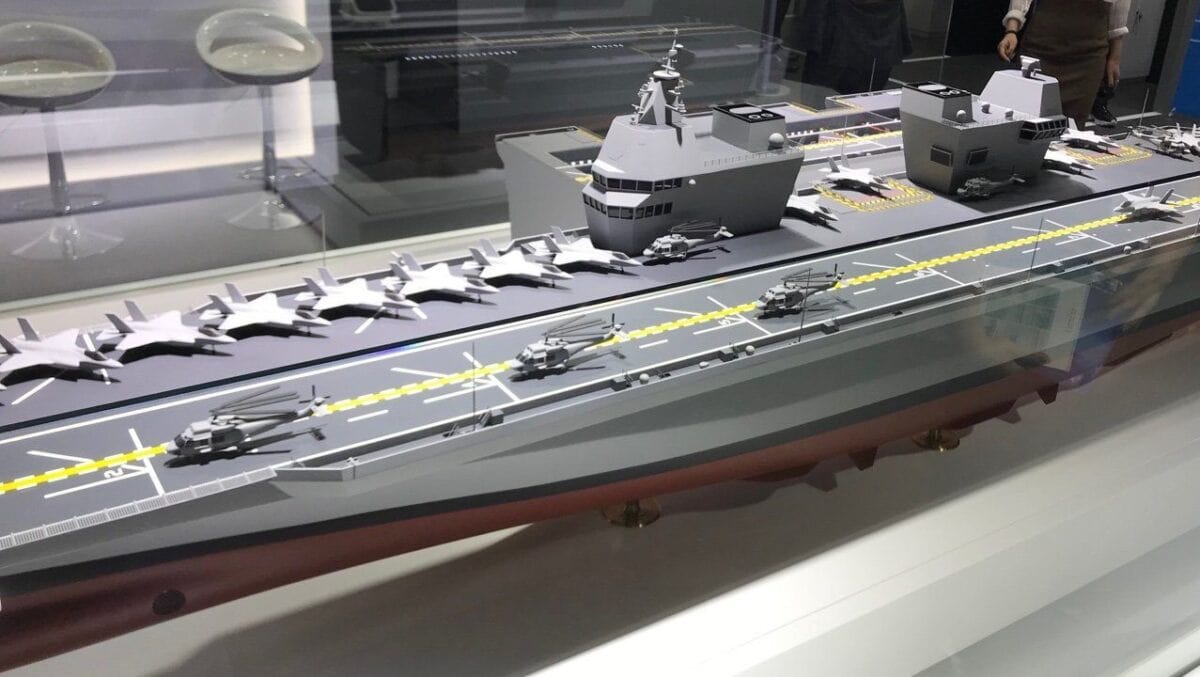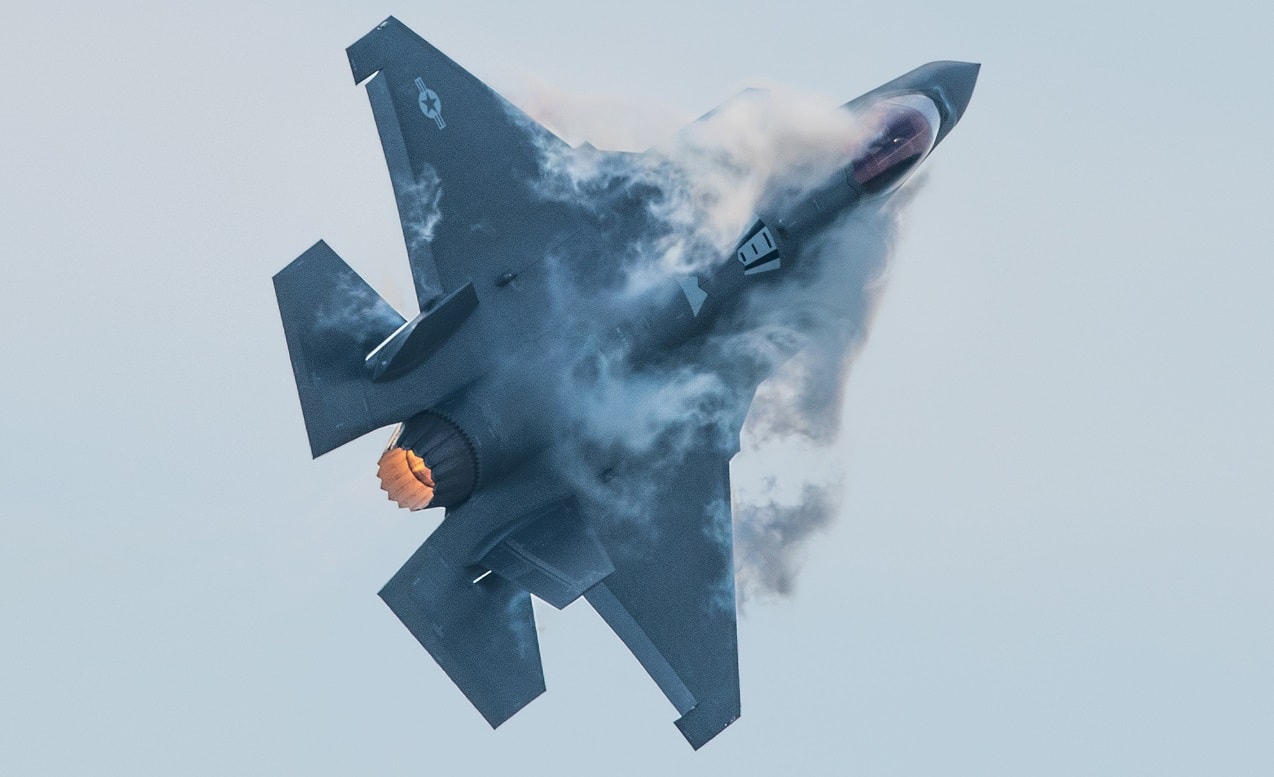More F-35 fighters, no aircraft carrier?: The Republic of Korea (South Korea) has become the largest operator of the fifth-generation Lockheed Martin F-35 Lightning II after the United States. The nation faces a unique and complex threat environment, and the F-35 has been seen as the best-equipped combat aircraft to ensure that the Republic of Korea Air Force (ROKAF) could maintain regional stability.
South Korea selected the F-35 Lightning II for its F-X III fighter program in 2014 and ordered 40 of the F-35A Conventional Take Off and Landing (CTOL) aircraft, with initial deliveries beginning in 2018. Those aircraft, from the F-35A’s Block 3 production were designated the AW-1 and now operate with the ROKAF’s 17th Fighter Wing out of Cheongju Air Base.
Seeing the capabilities of the F-35, last month South Korea’s state defense procurement committee approved the acquisition of an additional 20 of the F-35A fighter jets, while Seoul has also considered a plan to order a fleet of F-35Bs that would be capable of operating from the country’s amphibious assault ships.
However, there is now the question of how the acquisition of the new F-35A Block 4 Lightning II could impact the future South Korean aircraft carrier program.
According to USNI News, there is speculation that the advance of the F-35A project will come at the expense of the Republic of Korea Navy (RoKN) plans for the procurement of a 30,000-ton light aircraft carrier – dubbed CVX – along with the plans to purchase the F-35B variant short take-off and vertical landing (STOVL) aircraft.
Addressing the Greatest Threat
At issue could be the wider shift in the defense posture of South Korea, and what it sees as the greater threat priorities. The F-35As are well-suited to pre-emptive strike and counter-strike operations – and could be employed to target North Korean military installations including nuclear weapon launch facilities and storage sites.
By contrast, the light carrier that is still on the drawing board would be used in operations against more distant threats. While there are likely some in Seoul that would like to have both capabilities, it may not be feasible.
As USNI News also reported, the change in priorities is a result of the recent change in government in Seoul, where, following elections in March, President Yoon Suk-yeol, from the People’s Power Party, replaced the former President Moon Jae-in, from the Democratic Party of Korea. Moon had actively sought to expand the focus of South Korea’s defense modernization beyond threats from Pyongyang and to have a carrier to confront the naval power of Japan – which had moved forward with plans to convert its two Izumo-class helicopter carriers into light aircraft carriers that could operate with the F-35B.
Yoon has different priorities, and his government sees North Korea’s growing arsenal of potential weapons of mass destruction – including nuclear weapons and ballistic missiles – as far more urgent. In that case, the F-35A would be better suited to addressing the threat.
South Korea has a massive air force, with nearly 900 aircraft in its fleet – yet many are from the 1970s and 1980s and include antiquated F-4 Phantoms and F-5 fighters.

Image: Creative Commons.
Finally, the CVX – the planned 30,000-ton light carrier that was a landmark project for Moon – has not been without controversy. While it is the centerpiece of the RoKN’s ambition to become a blue water navy, some critics have contended that it would simply be a large floating target and not well-suited to operating along the littorals of North Korea. Given these facts, it won’t be a surprise if the CVX is put on hold while South Korea looks to acquire additional F-35As instead.
Now a Senior Editor for 1945, Peter Suciu is a Michigan-based writer who has contributed to more than four dozen magazines, newspapers and websites. He regularly writes about military hardware, firearms history, cybersecurity and international affairs. Peter is also a Contributing Writer for Forbes.

